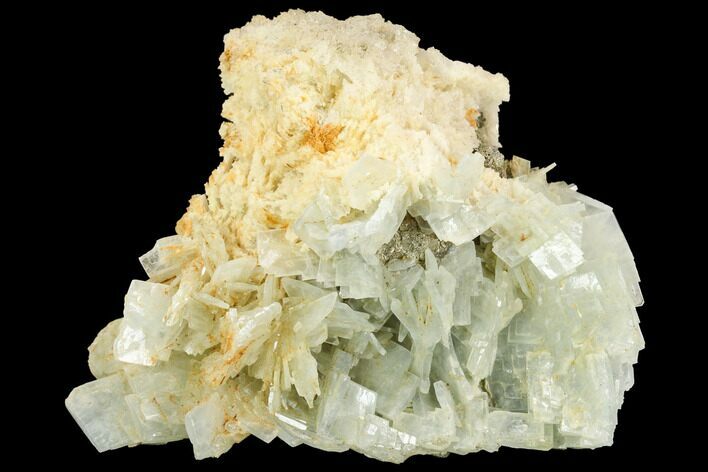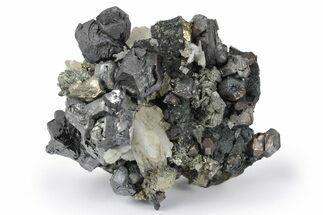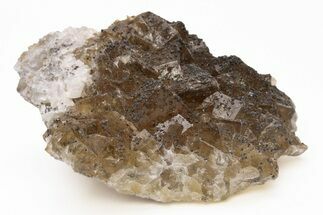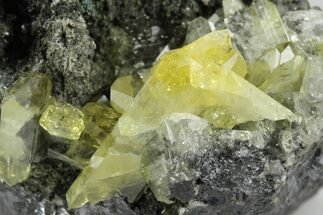This Specimen has been sold.
3.4" Bladed Blue Barite, Marcasite and Quartz Association - Morocco
This specimen contains marcasite, quartz and bladed barite. The barite has a slight blue coloration with a bladed formation and it formed in association with quartz and marcasite. This specimen was collected from the Bou Nahas Mine in Morocco.
Barite, commonly spelled baryte, is well-known for its great range of colors and varied crystal forms and habits. = It is a heavy mineral consisting of barium sulfate, and typically has the chemical formula of BaSO4. The barite group consists of baryte, celestine, anglesite, and anhydrite. It is generally white to colorless and is the main source of barium.
About Marcasite
Marcasite is an iron sulfide mineral with the chemical formula FeS2. It is similar to pyrite in both its chemical composition and appearance, but it forms an entirely different crystal structure and is much more reactive to humidity. It is often found within sedimentary rock and hydrothermal deposits, and at one point was used for its sulfur content.
Marcasite is an iron sulfide mineral with the chemical formula FeS2. It is similar to pyrite in both its chemical composition and appearance, but it forms an entirely different crystal structure and is much more reactive to humidity. It is often found within sedimentary rock and hydrothermal deposits, and at one point was used for its sulfur content.
About Quartz
Quartz is the name given to silicon dioxide (SiO2) and is the second most abundant mineral in the Earth's crust. Quartz crystals generally grow in silica-rich environments--usually igneous rocks or hydrothermal environments like geothermal waters--at temperatures between 100°C and 450°C, and usually under very high pressure. In either case, crystals will precipitate as temperatures cool, just as ice gradually forms when water freezes. Quartz veins are formed when open fissures are filled with hot water during the closing stages of mountain formation: these veins can be hundreds of millions of years old.
Quartz is the name given to silicon dioxide (SiO2) and is the second most abundant mineral in the Earth's crust. Quartz crystals generally grow in silica-rich environments--usually igneous rocks or hydrothermal environments like geothermal waters--at temperatures between 100°C and 450°C, and usually under very high pressure. In either case, crystals will precipitate as temperatures cool, just as ice gradually forms when water freezes. Quartz veins are formed when open fissures are filled with hot water during the closing stages of mountain formation: these veins can be hundreds of millions of years old.
SPECIES
Barite, Quartz & Marcasite
LOCATION
Bou Nahas Mine, Oumjrane area, Morocco
SIZE
3.4 x 2.7"
CATEGORY
ITEM
#122229
 Reviews
Reviews












